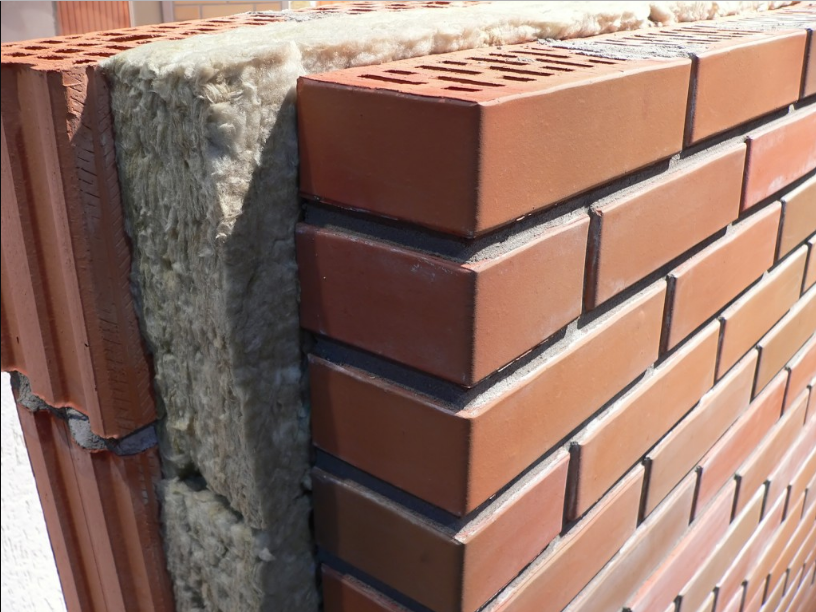Insulation materials come from various sources such as minerals, plant fibers, animal products and synthetic compounds. As with many technical decisions. When it comes to building insulation, the choice can be overwhelming, especially for owners who want to reduce their carbon footprint, increase their R-value, get an environmental certification, or worry about asbestos.
Fortunately, there are many types of insulation, which means there are a variety of alternatives, from natural materials to recyclable options.
Cellulose Fiber
Cellulose forms the cell walls and fibers of plants, including cotton and 30% of the trees, which can be made into paper. Cellulose fiber insulation is also the oldest insulation that can be added to closed walls and unfinished attics in the form of loose fill, tight packaging or wet spray.
Cellulose insulation materials are usually made from recyclable newsprint (recyclable components make up about 75% to 85%) and are usually treated in large quantities with flame retardants such as boric acid, borax or ammonium sulfate. These chemicals are effective flame retardants and can help reduce harmful organisms without causing harmful side effects in humans.
Inexpensive and contains the largest amount of recyclable materials in any commercially available insulation material. The disadvantages of cellulose fibers include the fact that they can settle up to 20%, which can lead to gaps and must be kept dry and heavier than glass fibers. However, these conditions are not a problem in most construction projects.
The cellulose fiber insulation contains no formaldehyde, asbestos, glass fiber and mineral wool, and hundreds of tons of paper can be transported from the landfill every year. It can also be used as an effective noise reducer to reduce the amount of sound transmitted between walls.
Hardwood Stoppers
In contrast to stretchable types of insulation, cork is a semi-rigid material that is usually made of 100% cork. Cork is made from the outer bark of an oak. With the same geothermal properties as double-glazed windows, the air that fills the gaps between the cork tiles is an excellent insulator.
Denim
Some forms of denim insulation made from cellulose fibers (cotton) have the same advantages as recycled paper. Instead of the open roof, the glass fiber or the mineral wool felt between the ceiling beams and the wall nails, recycled denim insulation from waste and waste from denim production plants can be used.
This environmentally friendly thermal insulation material has an above-average degree of sound insulation (approx. 30%), a reduced sound transmission and an increased sound absorption quality and at the same time offers a high thermal conductivity.
Glass Fiber
Fiberglass is known in the construction industry for its longevity and light weight. It consists of fine glass fibers that trap air, regulate the room temperature and can prevent the transmission of sound between floors or walls. According to some estimates, glass fibers can reduce energy costs by up to 40%.
With the right equipment, glass fibers can offer cost-effective solutions to insulation problems. In recent years, technological advances have made it possible to manufacture fiberglass insulation in a more environmentally friendly way.
Mineral Wool
Mineral wool insulation materials have excellent fire resistance and sound insulation properties and actually do not contain any organic compounds such as wool. Instead, it is made by rotating or stretching molten minerals, glass, industrial slag, and rock until it becomes a fibrous material.
Mineral wool is usually suitable for wood and steel construction. It usually consists of more than 90% mineral fibers and is bound with a binder (such as phenol formaldehyde). This is for people who want to reduce the use of formaldehyde and VOC. It can be a problem.
Mycelium
Similar to cork stoppers, the mycelia insulation layer is a natural material associated with fungi, and its R value is about 3 per inch.
Rigid blocks are made by winding the root filaments of mushrooms under controlled conditions. The material has only been used for a short time, but new applications are constantly being discovered. In contrast to polystyrene insulation materials, mycelium insulation materials can withstand the heat without additives.
Wool
Sometimes the return to nature is better than artificial substitutes. Thanks to the wool insulation, natural renewable raw materials not only contain no VOC, but the amino acids in wool can be irreversibly combined with formaldehyde and other pollutants, which filters the air and improves indoor air quality.
Although wool does not support mold growth and minimizes condensation, it maintains the R value when wet, but wool absorbs and releases moisture in the ambient air. Therefore, the location of the building should be discussed when purchasing wool insulation.
